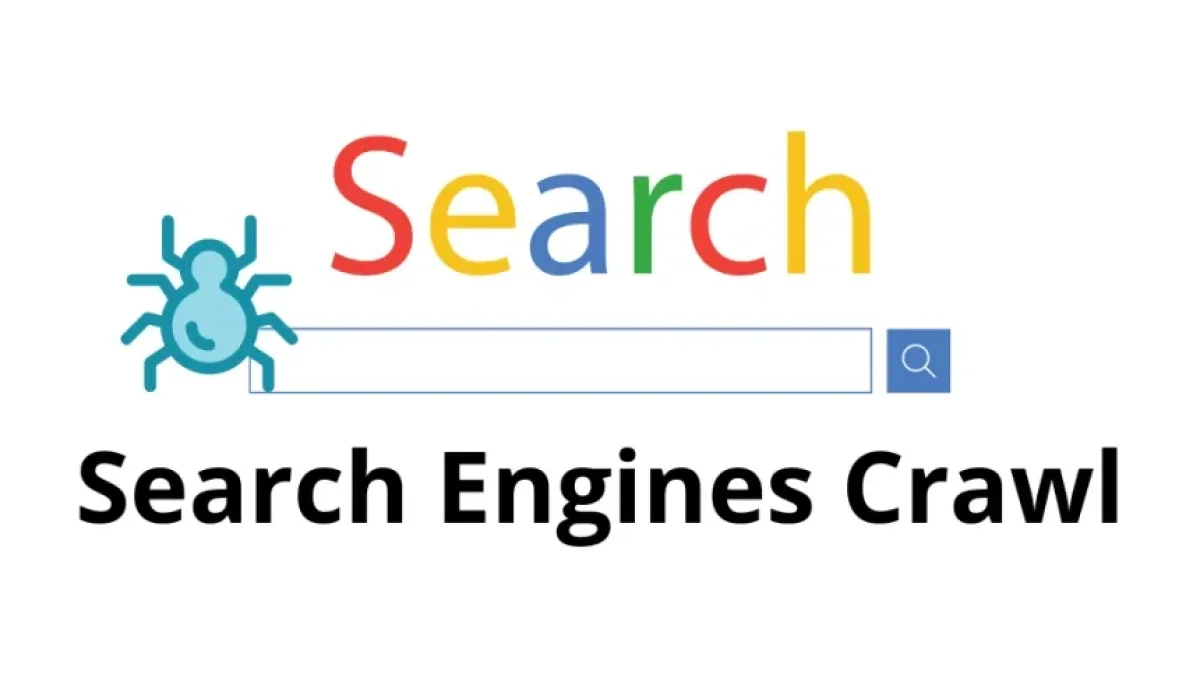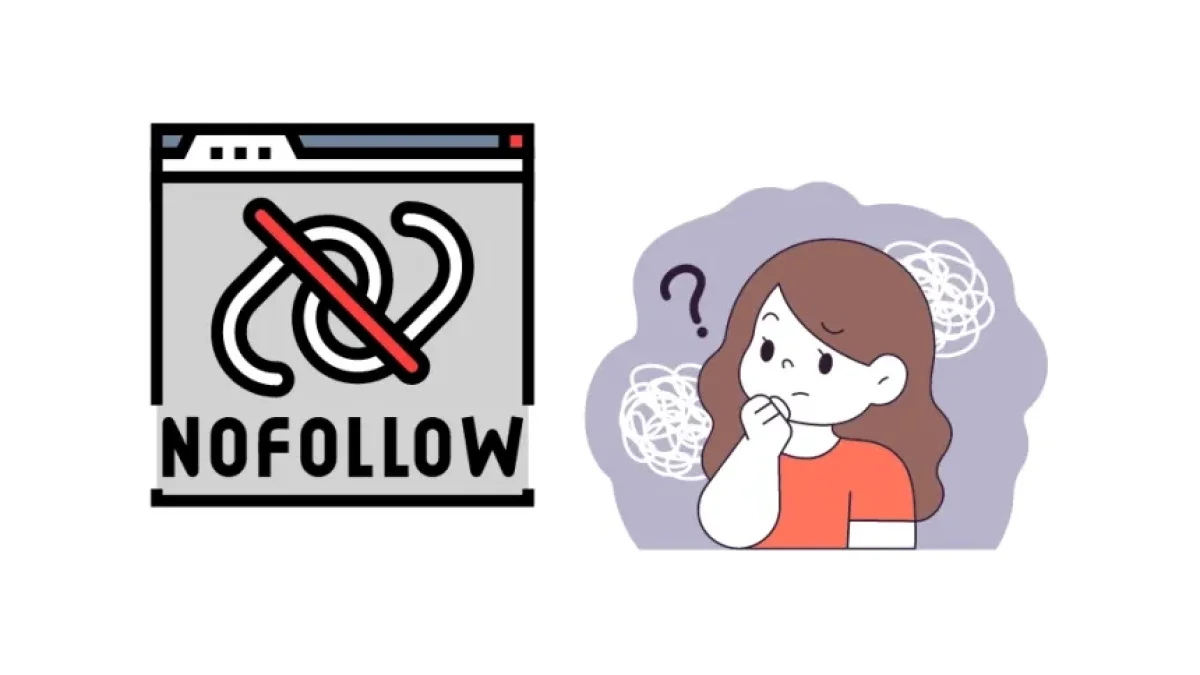How Search Engines Crawl and Index Your Website


Understanding how search engines crawl and index websites is crucial for anyone interested in improving their online presence. In this article, we will break down the process that search engines follow, providing valuable insights that can help you optimize your website for better performance in search results.
What is Crawling?
Crawling is the first step that search engines take to discover new content on the web. This process involves search engine bots or spiders browsing the Internet and collecting information about different pages.
How Crawling Bots Work
Crawling bots, also known as spiders, are automated programs that send requests to web servers to access pages. When a bot visits a website, it follows the links on that page and uses them to find additional content.
Importance of the robots.txt File
The robots.txt file is a file that website administrators can use to communicate with crawling bots. In this file, you can specify which parts of your site you want search engines to crawl and which parts you do not.
Read also
The Indexing Process
Once content has been crawled, the next step is indexing. This is the process by which search engines organize and store the information collected from web pages.
What Happens During Indexing?
During indexing, search engines analyze the content of the page, identify relevant keywords, and determine its meaning and context. This information is stored in an index, which is a huge database that allows search engines to retrieve information quickly.
Key Indicators Affecting Indexing
- Content: The quality and relevance of the content are fundamental. Search engines prefer original, relevant, and well-structured content.
- Website Structure: A well-organized architecture helps bots crawl and understand your site better.
- Internal and External Links: Links are crucial for both crawling and indexing. Internal links help bots navigate your site, while external links can enhance the authority of your page.
How to Optimize Your Website for Crawling and Indexing
To ensure that your website is crawled and indexed effectively, there are several best practices you can follow.
Read also
1. Improve URL Structure
A clear and descriptive URL structure helps search engines understand the content of the page. Use relevant keywords and avoid long, complicated URLs.
2. Create a Sitemap
A sitemap is a file that contains a list of all the pages on your website. By submitting a sitemap to Google Search Console, you make it easier for search engines to identify and crawl all your content.
3. Optimize Your Content
Ensure that your content is unique, useful, and relevant to your audience. Use headings (h1, h2, h3, etc.) to structure your content and make it easier to read.
4. Improve Load Speed
The load speed of your website affects both user experience and crawling. Search engines prefer sites that load quickly. Use tools like Google PageSpeed Insights to assess and optimize your site's speed.
5. Use Metatags Effectively
Metatags, such as the <title> and <meta description>, provide essential information about your page's content. Use these tags to include relevant keywords and attract clicks from search results.
Conclusion
Understanding how search engines crawl and index your website is essential for any SEO strategy. By following the best practices we have mentioned, you will not only improve your site's visibility but also provide a better experience for your users. Remember that SEO is an ongoing process; stay updated on best practices and adapt your strategies based on trends and changes in search algorithms.
With this information, you are better equipped to optimize your site and improve its performance in search engines. Start today and take your website to the next level!



















